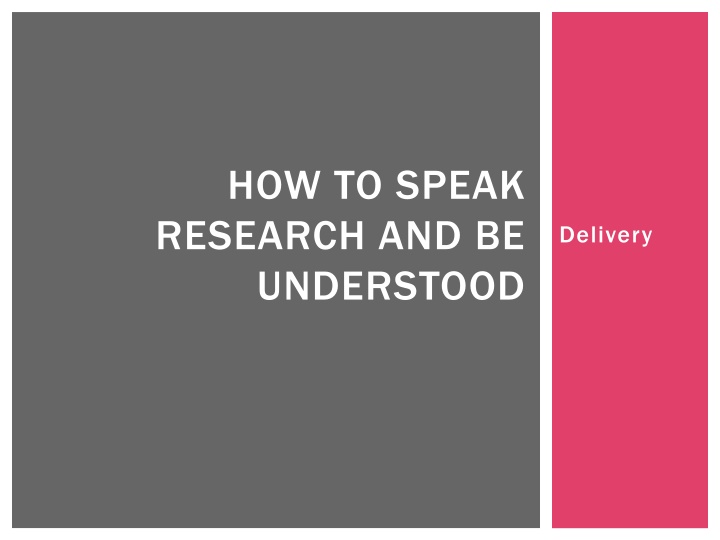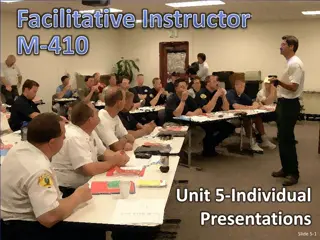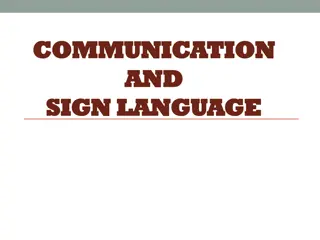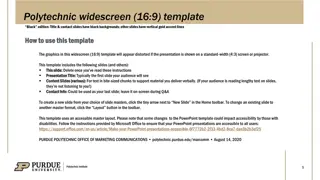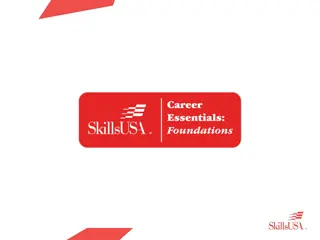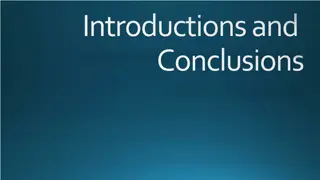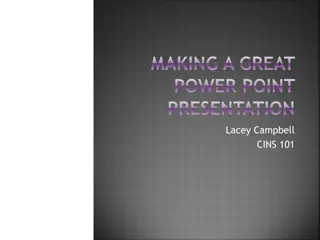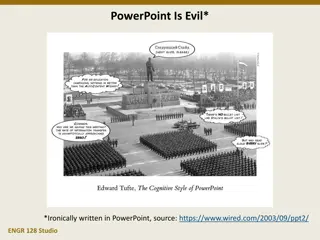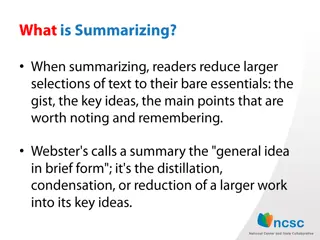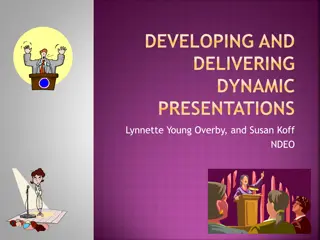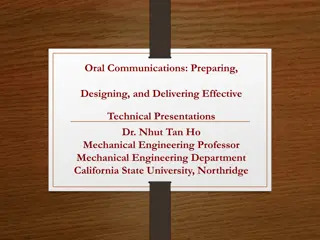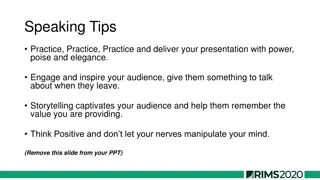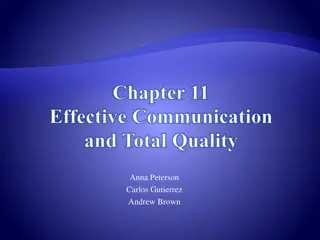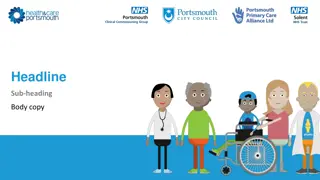Mastering Effective Communication for Impactful Presentations
Enhance your communication skills by incorporating elements like emotional contrast, adapting to your audience, maximizing signal-to-noise ratio, effective redundancy, and prioritizing eye contact. Learn techniques such as starting confidently, slowing speech for comprehension, and establishing a feedback loop with your audience for successful delivery.
Download Presentation

Please find below an Image/Link to download the presentation.
The content on the website is provided AS IS for your information and personal use only. It may not be sold, licensed, or shared on other websites without obtaining consent from the author.If you encounter any issues during the download, it is possible that the publisher has removed the file from their server.
You are allowed to download the files provided on this website for personal or commercial use, subject to the condition that they are used lawfully. All files are the property of their respective owners.
The content on the website is provided AS IS for your information and personal use only. It may not be sold, licensed, or shared on other websites without obtaining consent from the author.
E N D
Presentation Transcript
HOW TO SPEAK RESEARCH AND BE UNDERSTOOD Delivery
PERSUASION LOGOS Consistency ETHOS PATHOS Credibility/Trust Emotions/Values Content Personal anecdotes (why choose me?) Testimonials Citations Titles Content Stories Positive & negative emotions (love, anger, respect) Content Arguments Benefits Facts Figures Data Numbers Statistics Past Research Processes Specifications Delivery Eye contact Body language Vocal Variety Poise Delivery Coherence (body language and voice match content ) ** EMOTIONAL CONTRAST
Adapt to your Audience most constraints most freedom Doumont s First Law Me Me Audience Audience
Maximize signal-to-noise ratio Noise Doumont s Second Law Me Audience
Use effective redundancy verbal Doumont s Third Law Me Audience non-verbal
START BEFORE YOU BEGIN Give yourself a pep talk (address yourself by name) Have a sweet snack and a cup of tea Walk and chew gum (but spit it out before you take the stage!) Tell someone how excited you are Use power poses Breathe, breathe, breathe
TAKE IT SLOW Slowing your speech is the No. 1 thing you can do to enhance comprehension and retention Slow speech even gives the illusion of importance and competence Practice with Punctuation-Clap Technique Slow down before you begin the interview using breath work Train yourself to Pause, breathe and rephrase before answering.
PRIORITIZE EYE CONTACT It helps you concentrate It gives you confidence It makes you seem more credible and believable It usually signifies your audience is listening It encourages your audience to engage and be active participants It slows down your speech
THE ME-AUDIENCE FEEDBACK LOOP Good signs Head nods Smiles Laughter Questions Blank faces? Not-so-good signs Head shifting Glazed over eyes Furrowed brow Cupping of ears Touching neck? No questions and be a good audience member, too!
ELIMINATE DISFLUENCIES Filler words Uptalk Happy feet Distracting clothing Typos & formatting issues Offensive remarks, jokes or images Filler gestures
YOUR AUDIENCE: NOTHING TO FEAR Your audience wants you to succeed Try to see it from their eyes Practice with an advisor or colleague Record yourself! Act the way you want your audience to act
HOW TO BE A DEMO GOD Be sure it s demo-worthy Bring two of everything Get organized in advance Eliminate the factors you can t control Start with shock and awe Cut the jokes? Do it alone Cut the jargon Don t take questions until the end End with an exclamation point Source: Guy Kawasaki
RANDY OLSONS AND, AND, BUT, THEREFORE METHOD ACT I ACT III ACT II QUESTION ANSWER SYNTHESIS EXPOSITION THEREFORE AND BUT
STEP-BY-STEP TO OFF-THE-CUFF 1. Collect your thoughts 2. Choose a topic you know 3. Start strong Try the And, And, But, Therefore Model! 4. Frame your other thoughts around your main point 5. Circle back to the beginning
Presenting well really boils down to two things: practice and presence. Practice: Rehearse 20 times or more (seriously!) Presence = You believe your story You re confident, not arrogant Your verbal & nonverbal match
Talking Off-The-Cuff LET S PRACTICE!
